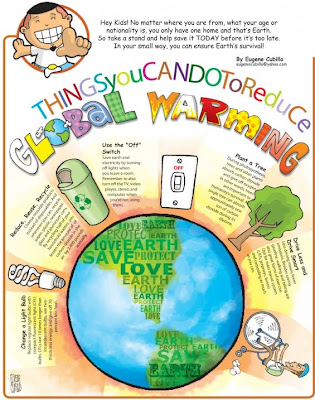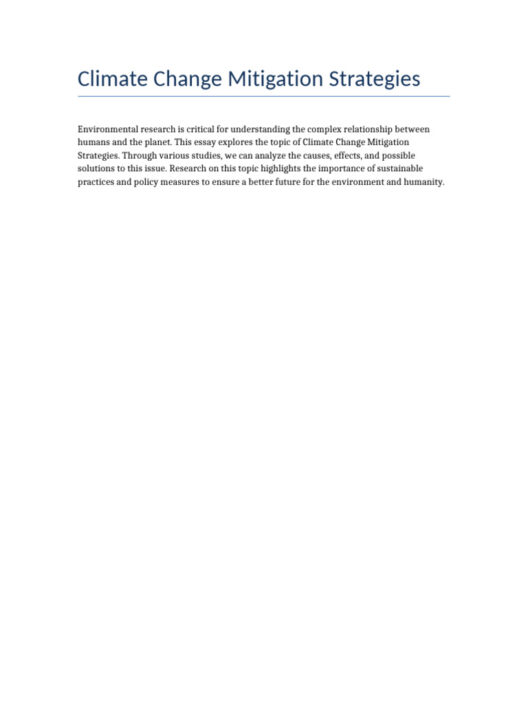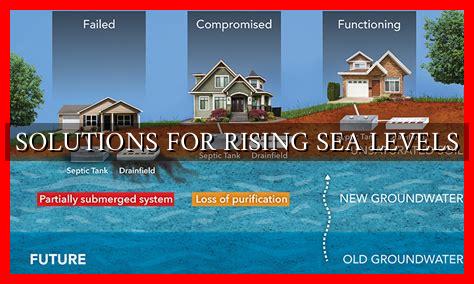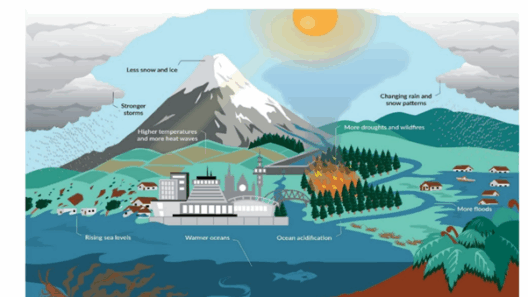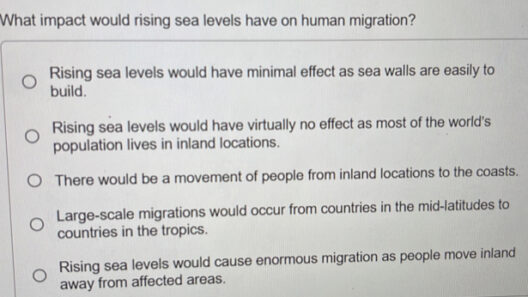The specter of global warming looms over our planet, and its profound implications ripple through the fabric of our existence. Among its most formidable consequences is the inexorable rise in sea levels. A symbiotic relationship exists between warming temperatures, melting ice sheets, and the relentless expansion of oceanic bodies. An examination of these interwoven processes unveils a tale of caution and responsibility, urging us to confront the perils faced by our coastal communities and ecosystems.
The Earth’s temperature, like a finely tuned piano, reverberates through myriad channels of environmental change. As human activities inject vast quantities of greenhouse gases into the atmosphere, this delicate instrument goes out of tune, leading to a symphony of ecological disruptions. The warming climate, in turn, acts as a catalyst for the melting of the world’s ice sheets, especially in Greenland and Antarctica, which are often likened to the planet’s cryogenic vaults. Understanding how global warming contributes to rising sea levels requires delving into the intricate dance between these vast ice reserves and our increasingly warm oceans.
Ice Sheets: The Silent Giants Melting Away
Ice sheets encapsulate an immense volume of freshwater, storing trillions of gallons that have remained frozen for millennia. Greenland’s ice sheet, for instance, resembles a colossal frozen blanket covering approximately 1.7 million square kilometers. But beneath its seemingly impenetrable façade, a transformation is underway. Warmer air, like an unwelcome guest, has infiltrated these icy realms, leading to accelerated melting. This metamorphosis creates glacial rivers that swirl into the ocean, contributing to rising sea levels.
Antarctica, often referred to as the last great wilderness, is experiencing similar tribulations. Here, the ice sheets stand as titans, holding approximately 60% of the world’s freshwater reserves. However, as the atmosphere warms, so too does the Southern Ocean, which interacts with the underbelly of the Antarctic ice shelves. This catalytic process results in increased melting from below, destabilizing these massive structures and pushing them toward collapse. The cumulative effect of both Greenland and Antarctica’s melting ice has raised sea levels by approximately 0.8 millimeters per year—an alarming trend that is intensifying.
Ocean Thermal Expansion: The Hidden Tide of Change
As the planet warms, the oceans absorb much of the excess heat, thereby expanding like a balloon that refuses to deflate. This phenomenon, known as thermal expansion, contributes significantly to rising sea levels. When water molecules gain energy from increased temperatures, they become more active and take up more space. The ocean—our world’s vast reservoir—thus swells imperceptibly, with profound implications for coastlines worldwide.
The expansive nature of oceans under rising temperatures creates a dual challenge. Not only are ice sheets melting at an unprecedented rate, but the sea itself is encroaching upon low-lying areas, inundating communities and ecosystems. Coastal cities, the jewels of human civilization, find themselves perched on the brink of an existential crisis. The specter of storm surges, flooding, and saltwater intrusion threatens not just the physical infrastructures but the very ways of life for those who have called these regions home for generations.
The Impact on Coastal Communities: A Delicate Dance
Coastal communities are intricately connected to the health of marine ecosystems. As the seas rise through the dual forces of melting ice and thermal expansion, these regions face immediate and pressing challenges. Beach erosion accelerates, transforming once-hospitable shores into crumbling extents of sand and sediment. Fishing industries, reliant on stable ecosystems, experience tumultuous changes as habitats shift or disappear altogether. Delicate marshlands, which act as natural buffers against storm surges, are decimated by the encroaching tide, rendering communities increasingly vulnerable.
The economic repercussions are staggering. Insurance costs escalate, and property values plummet as homes become at risk of inundation. The dilemma becomes one of displacement; people are forced to flee their lifelong homes in search of safety, an unsettling parallel to the migrations observed in history. The fragile tapestry of cultural identity tied to these coastal areas is threatened by the relentless advance of the ocean, as generations are uprooted and resettled far from their ancestral lands.
Navigating a Path to Resilience: Hope Amidst the Rising Tide
Although the realities of rising sea levels are daunting, there exists a glimmer of hope through proactive measures. Adaptive strategies, including robust urban planning, waterfront restorations, and the construction of barriers, can serve as crucial defenses against the encroaching waters. Emphasizing sustainable practices and restoring natural habitats can bolster resilience against the dual forces of climate change and rising sea levels.
In conclusion, global warming catalyzes a profound and intricate transformation of our planet, with rising sea levels emerging as a climactic consequence. The interplay between warming temperatures, melting ice sheets, and ocean expansion paints an urgent picture—one that calls for immediate action and awareness. It beckons us to fortify our resolve and act as stewards of our shared planet. For in understanding this perilous dance, we hold the power to alter its course and safeguard the future of both land and life that thrives along the shores of our oceans.




